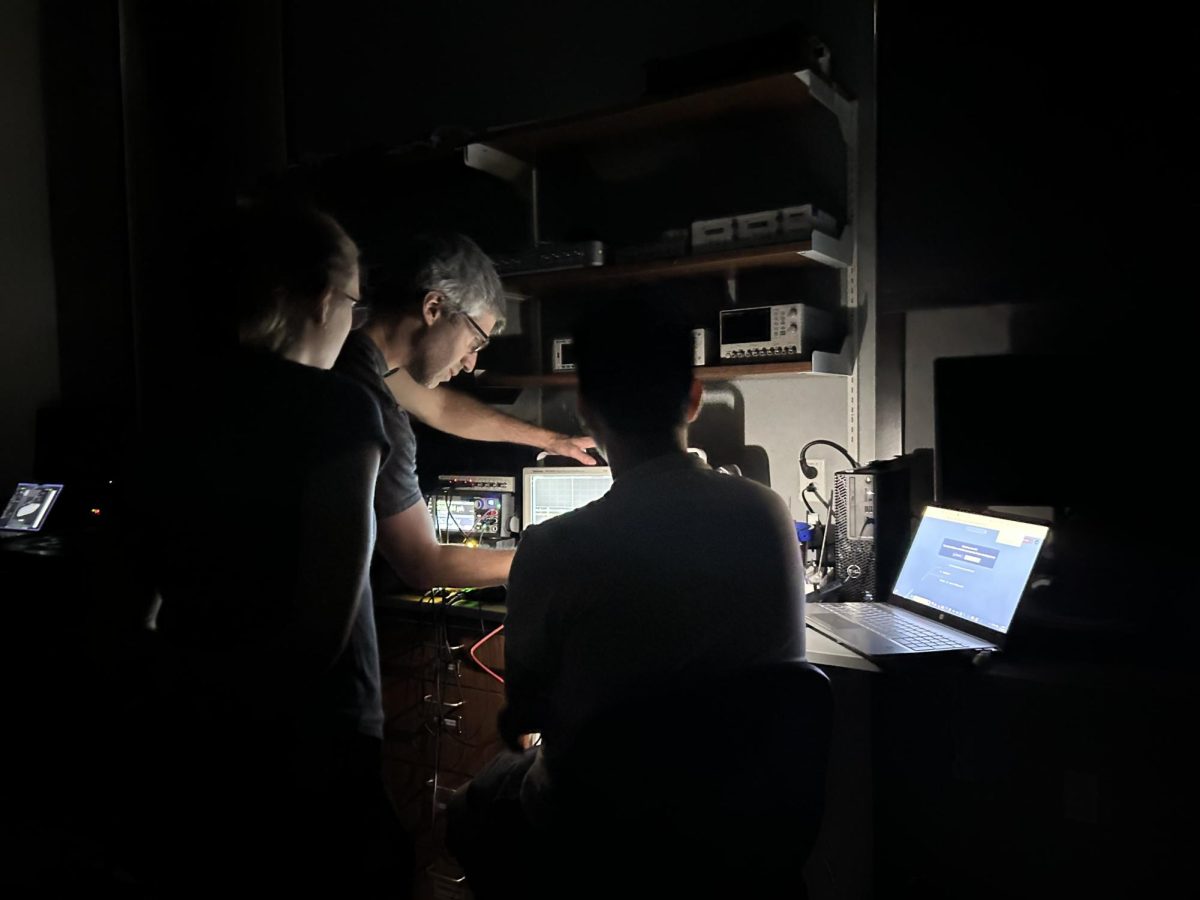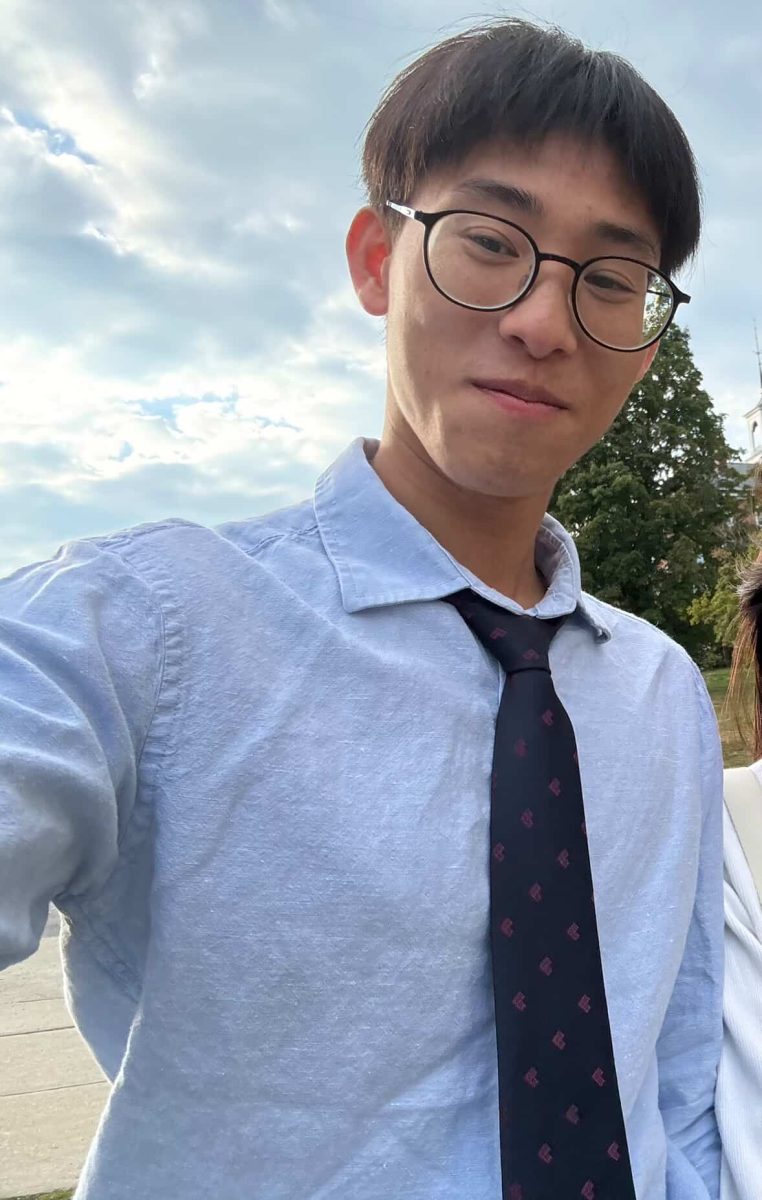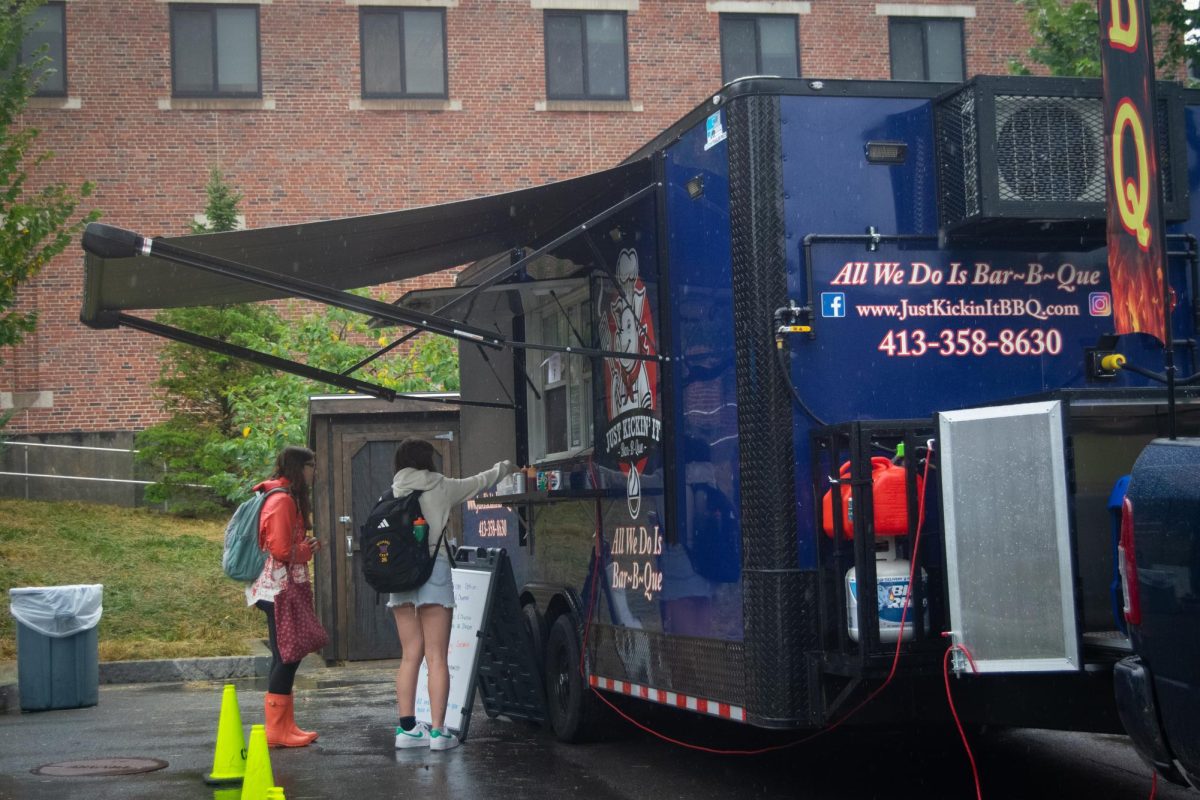In Director of Campus Safety and Security Dave Boyer’s three decades-long career at the College, no decision has been more significant than the move to remote learning in light of the COVID-19 pandemic.
“I can’t remember a time in the past 31 years when the College has had major decisions with such critical impact,” he said.
With President of the College Maud S. Mandel’s March 11 decision to bring normal College operations to a halt, staff at the College faced one of the biggest tasks in their entire careers: shutting down an in-person college campus and moving 2,000 students off campus, all while keeping the College running.
And it has been a task that the College had been planning far in advance of Mandel’s email.
Over a dozen staff members representing different departments came together on March 5 to form the COVID-19 Operations and Business Continuity Committee, whose initial charge was to release College decisions and updates related to the COVID-19 pandemic. As the pandemic intensified, these conversations rapidly morphed from short health briefings to a full-fledged operation.
Since March 9, the team has met every day at 8 a.m. to coordinate what proved to be a logistical nightmare. Together, they’ve tried to predict every potential hiccup, complication and backup scenario in order to ensure the wellbeing of not just the College community but the rest of the Berkshires as well.
Ever-changing recommendations
Adjusting College operations for a pandemic like COVID-19 was not entirely unprecedented. In years past, staff members had participated in “Annual Tabletop Exercises” — forums where various departments would come together to discuss how to handle circumstances that could affect the College’s ability to operate. That way, when, say, a global pandemic strikes, College staff would have some plan of attack.
Though many staff acknowledged how important the Exercises were in helping the College react to COVID-19, many of the decisions made in the past few weeks were made in the face of constantly changing recommendations and guidelines from local, state and federal authorities — a factor not as present when the College was working to protect students against the H1N1 epidemic in 2009.
Vice President for Finance and Administration and Treasurer Fred Puddester noted, “One difference in all of this was just the changing nature of the guidance we’ve gotten from various federal sources.” In the span of six days, Puddester recalled, the College construction team received three different guidelines.
Deb Flynn, director of Medical Services, had to stay on top of the ever-transforming recommendations from health authorities as public understanding about COVID-19 changed by the day.
“It’s an interesting time to be in health care,” she said.
Addressing needs throughout the community
By March 11, staff already had an evacuation plan and immediately began executing the transition.
The Continuity group had to devise a plan that would meet the needs of the students leaving campus, the approximately 100 students remaining on campus and the staff and faculty transitioning to remote learning.
The group tackled a range of issues including dining, facilities, transportation plans for evacuating campus, campus safety and security, moving students into selected residence halls, setting up buildings to use for potential quarantining, managing items students left behind, monitoring access of campus buildings, centralizing mail and supporting faculty and staff with leave issues, work from home arrangements and a pay differential program for staff who took on certain jobs.
The biggest priority of the College was to maintain the best health practices as campus transitioned to remote learning. As such, much of the operational decisions were dependent on health guidance Flynn gathered with fellow health-care providers in the region and state.
“This obviously involved us rethinking everything we knew about providing medical care,” Flynn said.
One key issue the health center faced was the nationwide shortage of personal protective equipment (PPE), which limited the College’s ability to safely treat students. In response, the College took steps to limit on-campus interpersonal contact as much as possible. For instance, the health center switched to phone-call appointments instead of face-to-face visits.
Director of the Office of Student Life Doug Schiazza worked on the housing side of the transition. Most students had to leave campus over a period of just a few days, which was a logistical challenge for many. Schiazza communicated the protocol for leaving campus with the student body, trying to help students coordinate travel costs with Financial Aid and distributing funds where necessary. He was also part of the decision to delay housing lotteries for the fall.
“I think that students are probably stressed enough right now, so we can maybe alleviate that by not having the lotteries for the moment,” Schiazza said.
Working with the Library, the Dean’s Office and Financial Aid, the Office of Information Technology (OIT) focused on ensuring that students had sufficient access to the technology needed for remote learning.
“Not only did we loan a lot of computers and technology to students, we also worked with many individuals to make sure they had internet access,” said Barron Koralesky, the Chief Information Officer at OIT. “This was a real challenge — in rural America and across the world, internet access is not equitably distributed,” Koralesky added.
In addition to making sure everyone had access to broadly-used technology like Microsoft Office and the Adobe Suite, OIT also worked individually with students and faculty to get them the tools that they need for specific classes.
“This was really hard given all the time zones, people, technology and the things we can do on campus that we can’t do off campus,” Koralesky said.
On-campus changes
Director of Dining Services Temesgen Araya said the original plan for food services was to keep open Whitmans’ and Driscoll, the two dining halls not connected to residential dorms. After contacting food vendors, making changes to menus and instituting procedures for self-serving meals similar to those used during the H1N1 pandemic, Araya and his team adjusted the model to fit a single dining hall.
“We’re very lucky that we started with the large-scale planning and reduced it down,” Araya said. “Luckily we had everything in place, staff was informed and we put those plans into action.”
Dining Services chose Driscoll, the most contained dining hall and hence the safest bet. They moved tables and chairs out to encourage students to take their food outside of the building, placed screen guards in serving areas, added painter’s tape three feet behind the service line and switched to all compostable products.
“We still take pride in what we provide our students, so we wanted to make sure that it wasn’t completely a grab and go program,” Araya said. “We still prep and prepare fresh fruit that’s built for them. We just had to reduce our staffing levels so that we could safely serve our students, have social distancing processes in place and make sure that we had breakout rooms for our staff to be able to take breaks.”
While managing the bigger pieces of a campus shutdown, the Continuity committee also had to ensure that life on campus could continue smoothly. To prevent cross contamination, students on campus were arranged such that each student would have access to their own bathroom. With so many empty dormitories, the College was able to provide one residence building, Brooks Hall, as a community space for medical service providers in the area.
Security Systems Manager Tina van Luling, who manages the computerized alarm systems and the card-access system that allows College members access campus buildings, had to work with her team to reorganize the systems.
“Approximately a thousand edits, maybe more, were made to the system to accommodate the fluid situation on campus,” van Luling said.
Changing staff jobs
Like students transitioning to remote learning, staff, too, had to make drastic shifts while moving to remote work. Human Resources (HR) had to create a new process to help manage staff hours and work responsibilities as staff left their on-campus offices to hunker down in their homes.
A large focus of HR’s work has been coordinating accommodations for staff who fall into one of the Centers for Disease Control high-risk groups. HR also worked to oversee student employment in a time of remote learning.
Facilities began with identifying their biggest areas of vulnerability. The College’s central power plant has a small crew consisting of technicians who are in short supply, so Executive Director for Facilities Operations Christina Sanborn was concerned about what would happen if someone within the plant became ill.
“We made a decision very early on to decommission our steam turbine generator, which … allowed us to move to a lower staffing level so we had only one person required at a time in the plant,” Sanborn said. The two building controls technicians, who do the critical job of monitoring all the sensors and controls on campus, were sent home even earlier.
“We just have two of them, so it was very important to make sure that they were apart, so should they become ill only one of them is impacted,” Sanborn noted.
Director of Divisional Business Affairs Aaron Gordon has been working with different outside groups and companies that supply the College with various goods and services, like the mental well-being service Talkspace and the health insurance company Blue Cross Blue Shield, to make sure that they can still do business safely. “We want to have them continue to support our students but also to make sure they have the ability to keep their business running and to make sure that their work with us is safe,” Gordon said.
CSS has been gathering information from a variety of groups and committees across the region. Tom Craw, a CSS officer, attended training sessions on isolation and quarantine in early March. He and Tony Sinico, associate director for emergency management and accreditation, have regular conference calls with local emergency planning and management agencies.
The emotional dimension
Reflecting on the last few weeks, Koralesky said the pandemic had called for a daunting challenge for staff, one that he was not sure the College could meet.
“In the middle of that week — of trying to get our students home safely — everything in the world took a turn for the worse,” Koralesky said. “So not only were we getting all of our students off campus, we had to get all of our staff and faculty off campus in two days, and that’s been a huge whirlwind.”
During the last few weeks, staff have provided emotional support to one another.
“I think it’s remarkable to think how our experiences all parallel each other,” Director of HR Danielle Gonzalez said. “I think we’re working through various levels of change management and grieving this experience and loss. The way in which students left in such a jolt — that’s been true for many staff when you tell them to take in whatever work you need from the office with the assumption that you might not be able to return.”
Boyer, who participated in the planning leading up to the decision before he took time off — for the first time in his career — to have surgery, said seeing staff’s resolution has been inspiring.
“It was so rewarding to see how the men and women of CSS performed in my absence,” Boyer said.
For Sanborn, these stressful times have a silver lining: being able to deepen bonds – albeit under new circumstances – with a group of people who are deeply committed to the College and its students. “Being on this team has been one of the highlights of my career,” Sanborn said.








